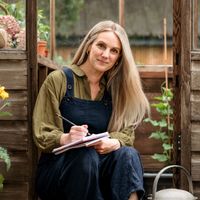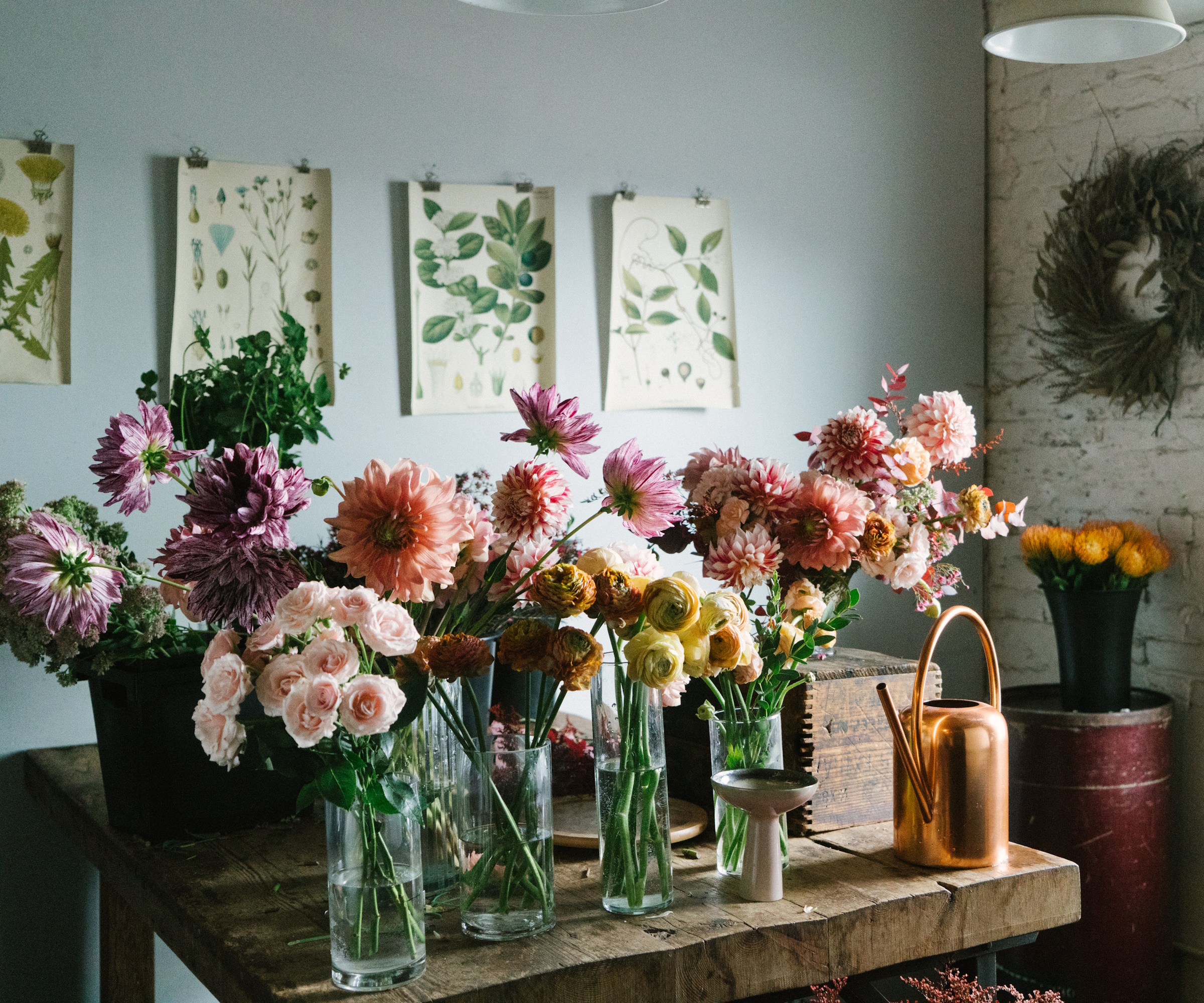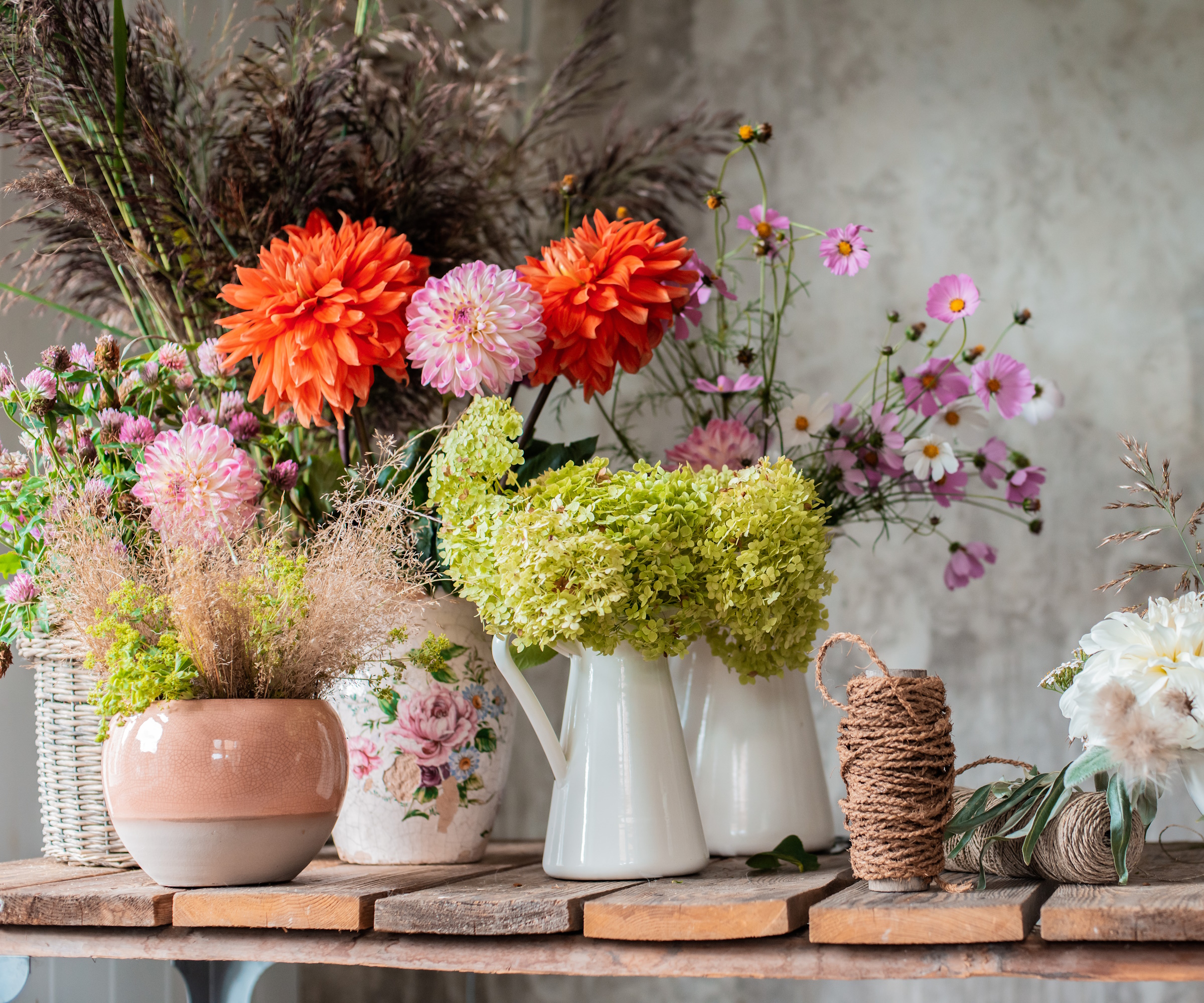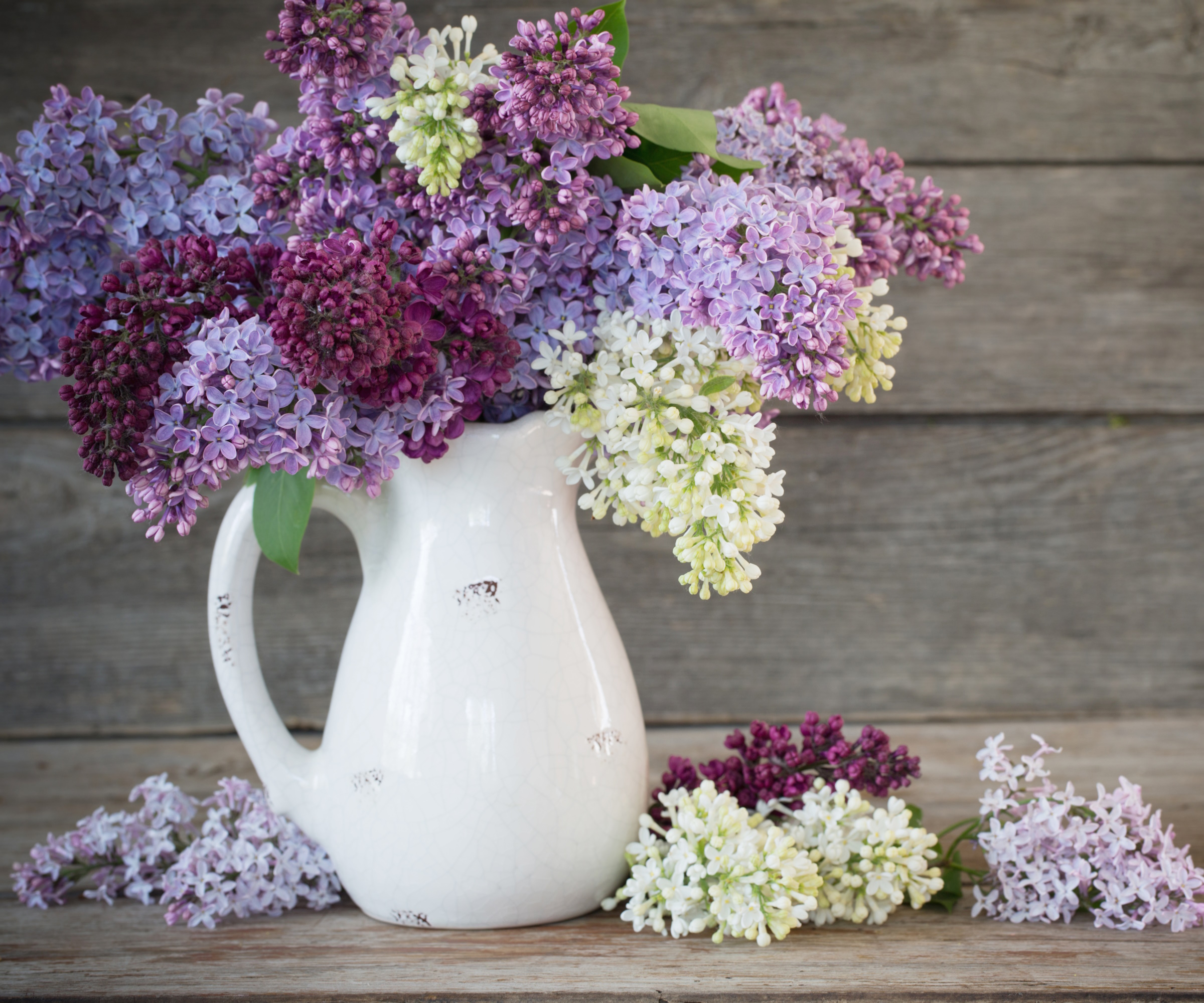How often should I change the water in a vase of flowers? Our expert florist weighs in
To ensure maximum vase life for your cut flowers it is crucial to change the water, but how often should you be doing it?


The feeling of being given a bouquet of beautiful, fresh flowers is one of the most uplifting there is. Breathing in the scent and noticing the textures and colors is a truly joyful thing. So of course, once you’ve arranged your stems into a vase at home, you will want to make sure they last for as long as possible.
There are lots of things you can do to keep your flowers fresh in a vase. Many of us will have heard about putting a coin in the water, or even a tiny drop of household bleach. But as a floral designer, the most important piece of advice I can give you is to simply refresh the water regularly.
Ideally, you should change the water in your vase of flowers every two days to ensure maximum cleanliness in your chosen vessel, and optimum freshness of your flowers.
I will take you through the process step-by-step, and reveal a few other useful tips along the way.

Expert advice on how often to change the water in a vase of flowers
Follow these steps every two days when you change the water in your vase, and your flowers will reward you by staying fresh for so much longer.

- Remove your bouquet from the vase. You can place stems gently on a table or sideboard. If they are arranged perfectly and you don’t want to risk them moving about too much, either hold the bouquet in one hand, or have another empty vase ready on the side and place your stems temporarily into this to hold them steady.
- Pour out the water and give your vase a little wipe inside with a soft, damp cloth to remove any bacteria or dirt build up from the stems.
- Refill the vase with fresh, clean water until it is at least two thirds full.
- Take your scissors - these Sakagen floristry scissors from Amazon are perfect for the job - in one hand and your bouquet in the other, and carefully snip half an inch off the end of each stem on the diagonal. This is a hugely important step. Every time you take a stem out of water, the end will seal itself in order to lock moisture into the stem and continue feed the flower head. If you put it back into water without snipping the stem end, it will struggle to take up water and this will compromise the health and longevity of the flower. It’s also vital because it removes ends that have started to go soft in the water, therefore avoiding bacteria getting into the vase. This is especially important for flowers with hollow stems, such as tulips.
- If you have woody stems in your bouquet, such as lilac, viburnum or blossom branches, you can also make a small vertical cut to increase the surface area of the cut stem and encourage greater water uptake.
- Place your stems back into your vase, tweak the design until you are happy with it, and continue to enjoy it for many days to come.
If you leave your vase for a few more days, don’t panic. Just change the water as soon as you can. Never let the water go cloudy in a vase, and this is a sign that bacteria has begun to build up and your stems are decomposing.

FAQs
Is placing a vase of flowers near fruit a bad idea?
It is not advised if you want your flowers to stay fresh for as long as possible. Fruit - especially bananas and tomatoes - release ethylene gasses that can speed up the ageing and decomposition process of cut flowers. Try to keep your fruit bowl away from your vases of flowers to avoid this occurring.
Design expertise in your inbox – from inspiring decorating ideas and beautiful celebrity homes to practical gardening advice and shopping round-ups.
You may want to check out our shopping guide to best vases to buy this year for more styling inspiration.

Rachel is a gardening editor, floral designer, flower grower and gardener. Her journalism career began on Country Living magazine, sparking a love of container gardening and wild planting. After several years as editor of floral art magazine The Flower Arranger, Rachel became a floral designer and stylist, before joining Homes & Gardens in 2023. She writes and presents the brand's weekly gardening and floristry social series Petals & Roots. An expert in cut flowers, she is particularly interested in sustainable gardening methods and growing flowers and herbs for wellbeing. Last summer, she was invited to Singapore to learn about the nation state's ambitious plan to create a city in nature, discovering a world of tropical planting and visionary urban horticulture.
